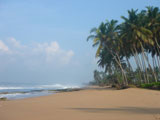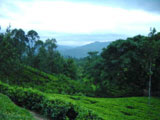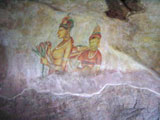Regional Studies

The island Ceylon, today Sri Lanka, lays in the Indian Ocean and means translated the “shining”. It looks like a trop at the South end of the Indian subcontinent and is separated only 36 kilometres from the mainland at the narrowest point. The sandbanks, reefs and islands which are called Adamsbridge today, are once the subsided land connection to India.

Climate
In Sri Lanka a tropical monsoon climate is predominant because it lays near the equator. In the winter time there are 30 degrees C average until 35 degrees C in the summertime and a humidity of 80 to 90 %. In the mountains where it can be much colder at night with 10 to 16 degrees C it is also colder during the day. This makes the climate much nicer. There can be ground frost too. When it gets cold and wet by us in Europe the nicest vacation time in Sri Lanka starts.

Population
The approximately 18 millions inhabitants are called Ceyloneses or Sri Lankans. The Singhaleses see themselves as farmers and mainly work in the agriculture section. In contrast to the low-land Singhaleses who are exposed to European and other foreign influences for centuries, the highland Singhaleses have kept their traditions much longer. Despite the casteless main religion, the Buddhism, a caste system has established itself as a social order over the centuries. This caste system differs from the Hinduism. The highest caste is the farmer nobility, which most Singhaleses belong to.
